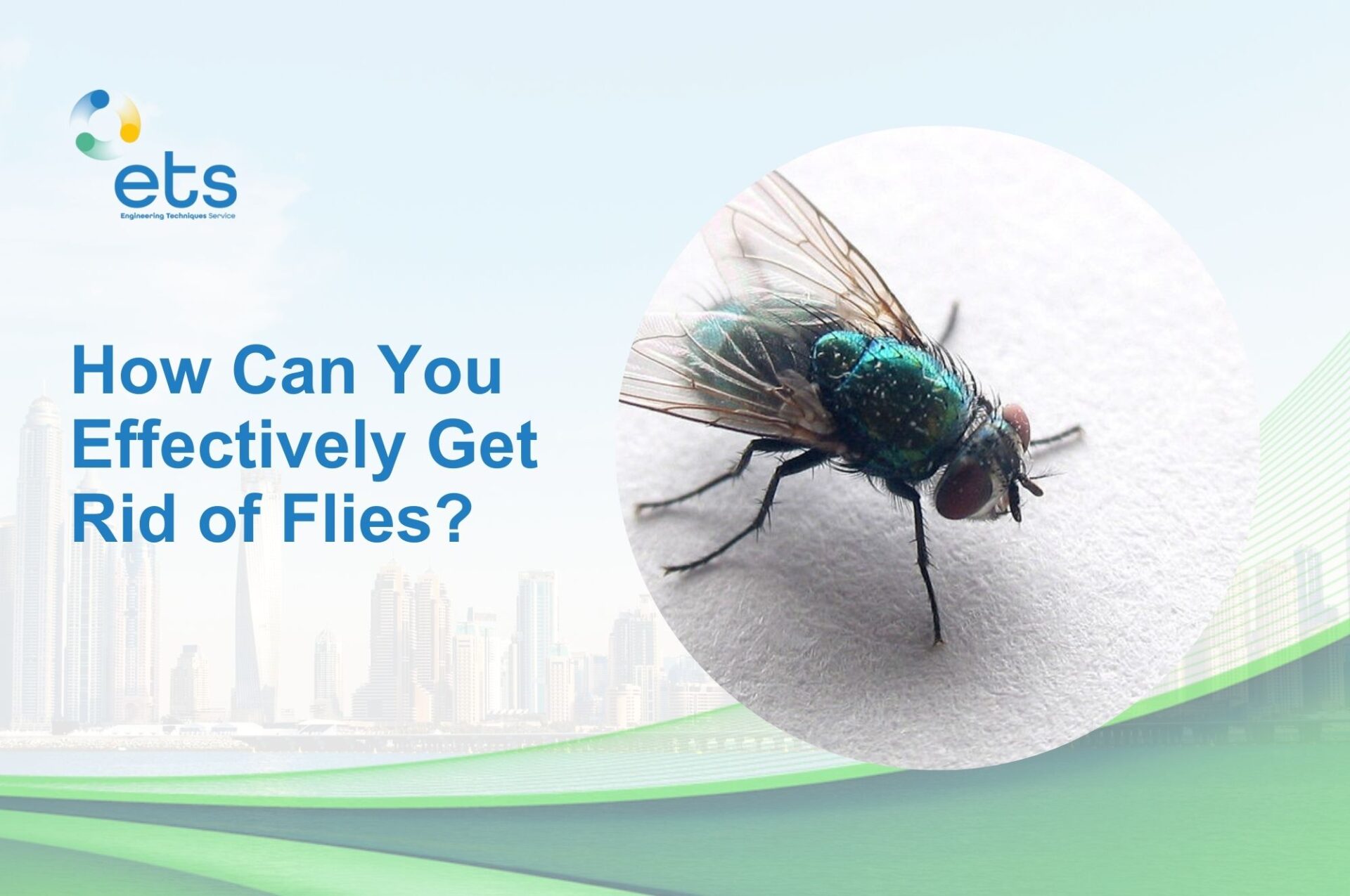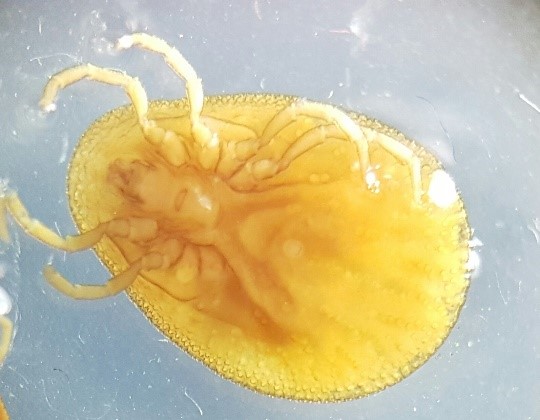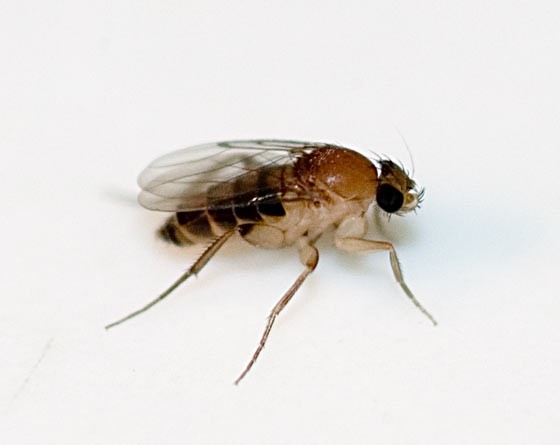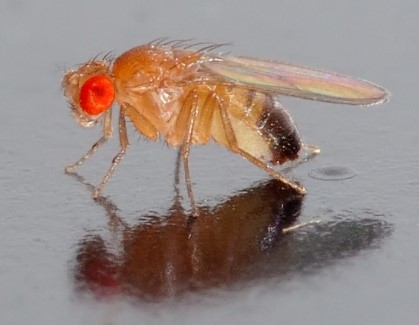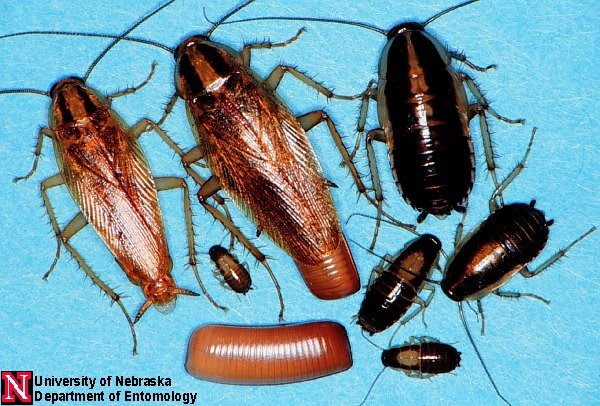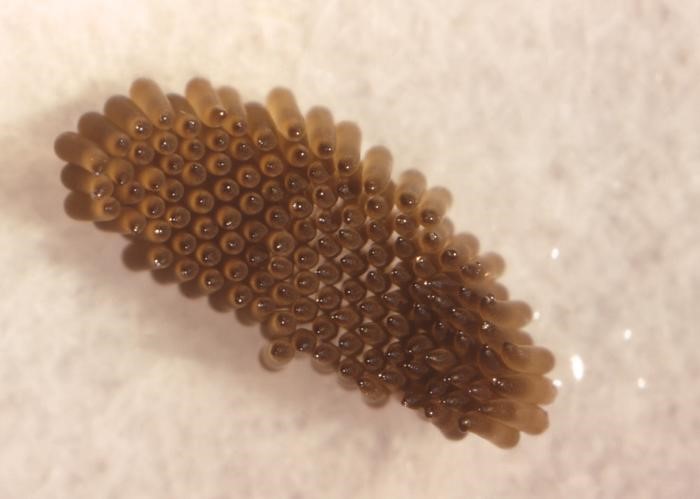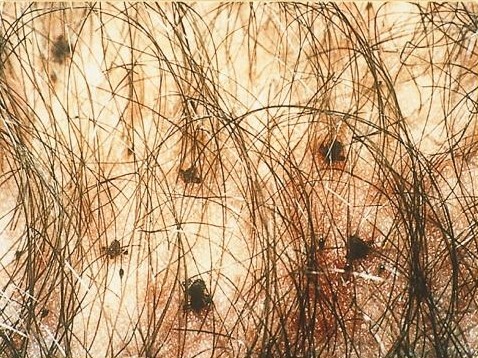Effective Flies Control Service in Dubai
The Importance of Flies Control in Dubai In a city as vibrant as Dubai, maintaining a pest-free environment is crucial for both residential and commercial spaces. Flies control service in Dubai, with their rapid breeding cycles and potential health risks, necessitate effective intervention. Explore the key aspects of ensuring a fly-free Dubai with professional flies control service. The Challenges of…





